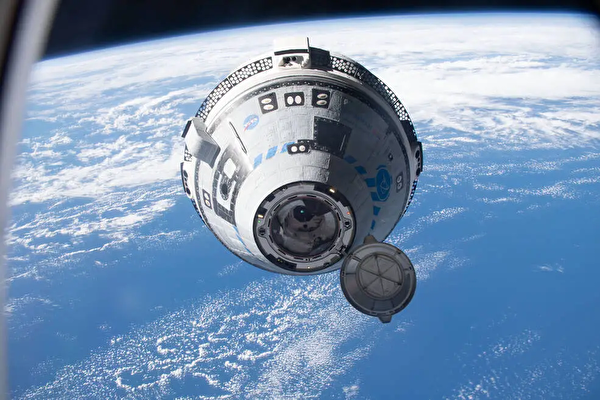Boeing’s Starliner spacecraft departed from the International Space Station on Friday, September 6, without carrying the American astronauts it took to space, beginning its solo journey back to Earth.
According to reports from Reuters, on June 5, the Boeing Starliner spacecraft, on its first crewed test flight, undocked from the International Space Station at 6:04 PM Eastern Time (22:04 Greenwich Mean Time) to start its anticipated six-hour journey back to Earth. Meanwhile, NASA astronauts Butch Wilmore and Suni Williams, who were launched into space aboard this spacecraft, remained at the International Space Station to continue working with the other seven astronauts there.
Due to issues with the spacecraft’s propulsion system, what was originally planned as an eight-day space experiment for the two astronauts has now turned into an eight-month mission. NASA announced last week that Wilmore and Williams will be provided with additional food and supplies, and they are scheduled to return to Earth aboard Elon Musk’s SpaceX Dragon spacecraft in February 2025.
Since then, Boeing engineers have uploaded new software to the Starliner spacecraft, allowing it to return without astronauts on board. This return trip serves as a critical test of the spacecraft’s maneuverability.
The spacecraft is set to gradually lower its orbit using maneuvering thrusters and re-enter the Earth’s atmosphere around 11:17 PM (3:17 AM Saturday GMT) before landing with the assistance of parachutes at White Sands Space Harbor, a military test facility in New Mexico, around 12:03 AM.
In June of this year, as Wilmore and Williams approached the International Space Station, five out of the 28 maneuvering thrusters on the Starliner spacecraft malfunctioned, and the propulsion system experienced several helium leaks. Helium is used to pressurize the thrusters.
Even though the Starliner successfully docked with the International Space Station on June 6, these malfunctions led to a month-long investigation by Boeing and assistance from NASA.
Boeing aims to recover the Starliner spacecraft upon landing and continue investigating the reasons for the propulsion failures in space.
However, the part of the device containing the Starliner’s thrusters was designed to detach from the spacecraft before entering Earth’s atmosphere, known as the “service module,” which provides maneuvering capabilities to the spacecraft.
The service module containing the malfunctioning thrusters will burn up in the atmosphere, meaning Boeing will have to rely on simulated testing to determine the hardware issues in space.
The Starliner is equipped with a heat shield to ensure its survival when re-entering the Earth’s atmosphere. The spacecraft will deploy a series of parachutes to slow descent and inflate external safety airbags before landing to cushion the impact.

